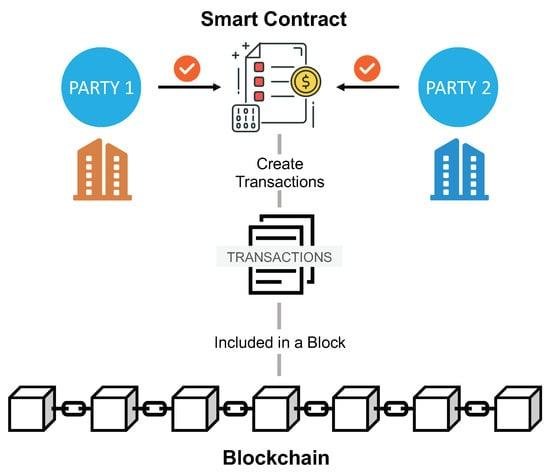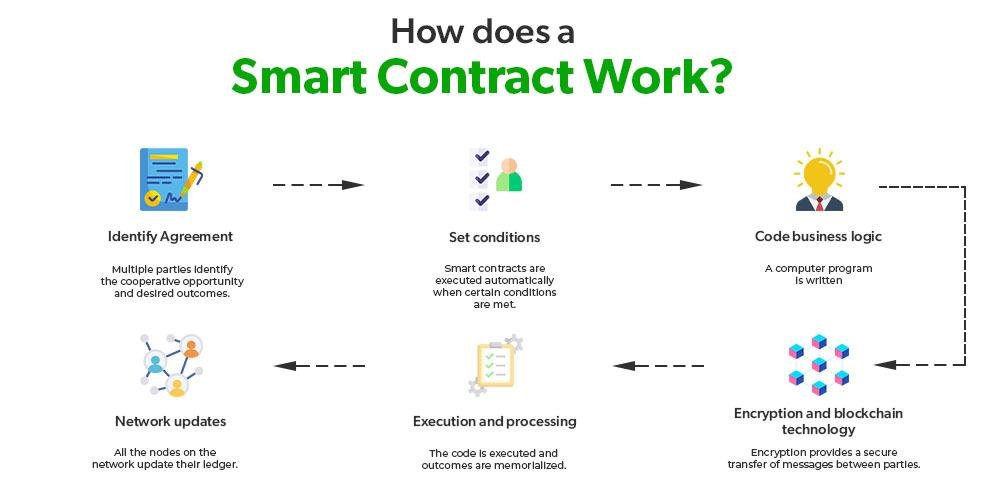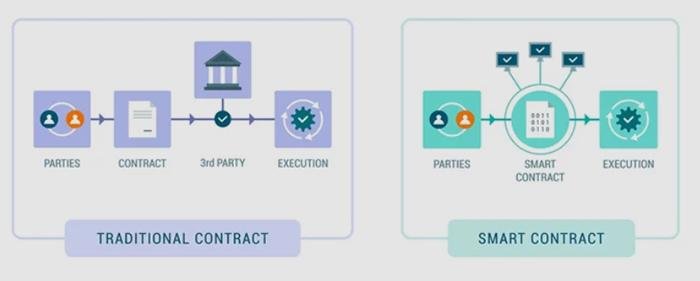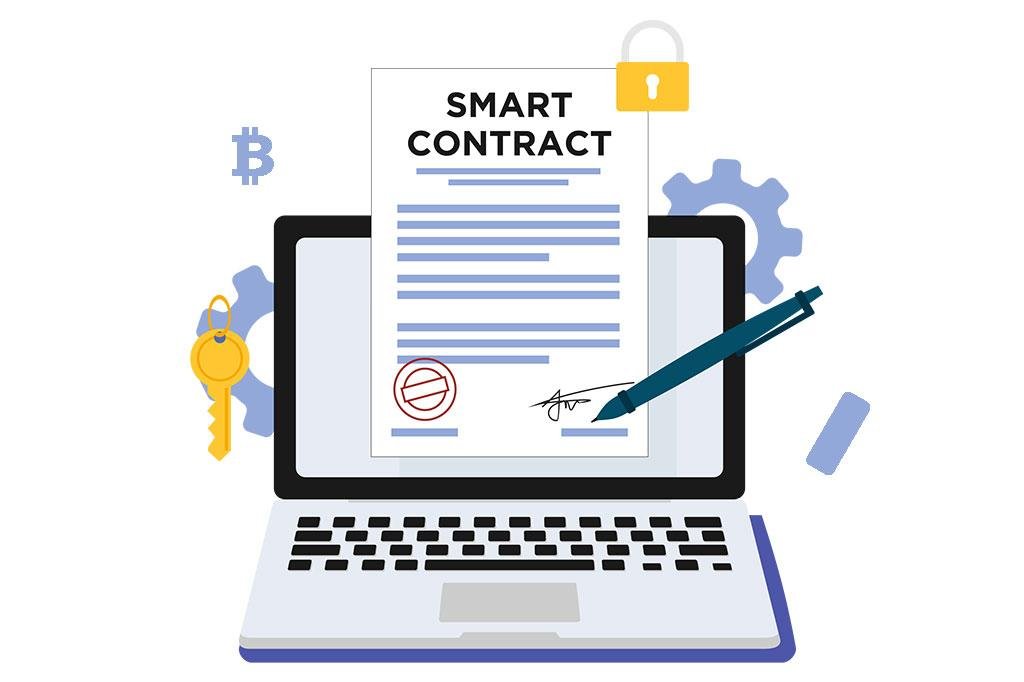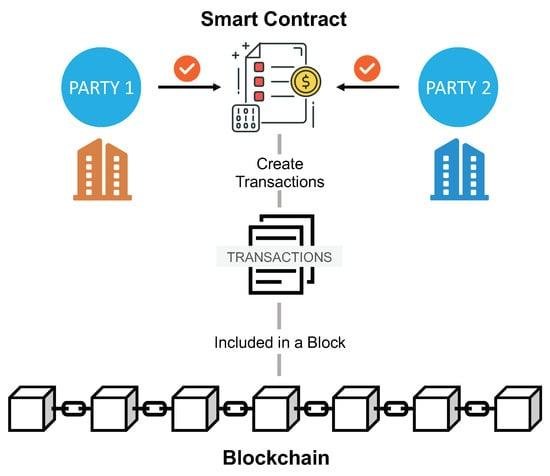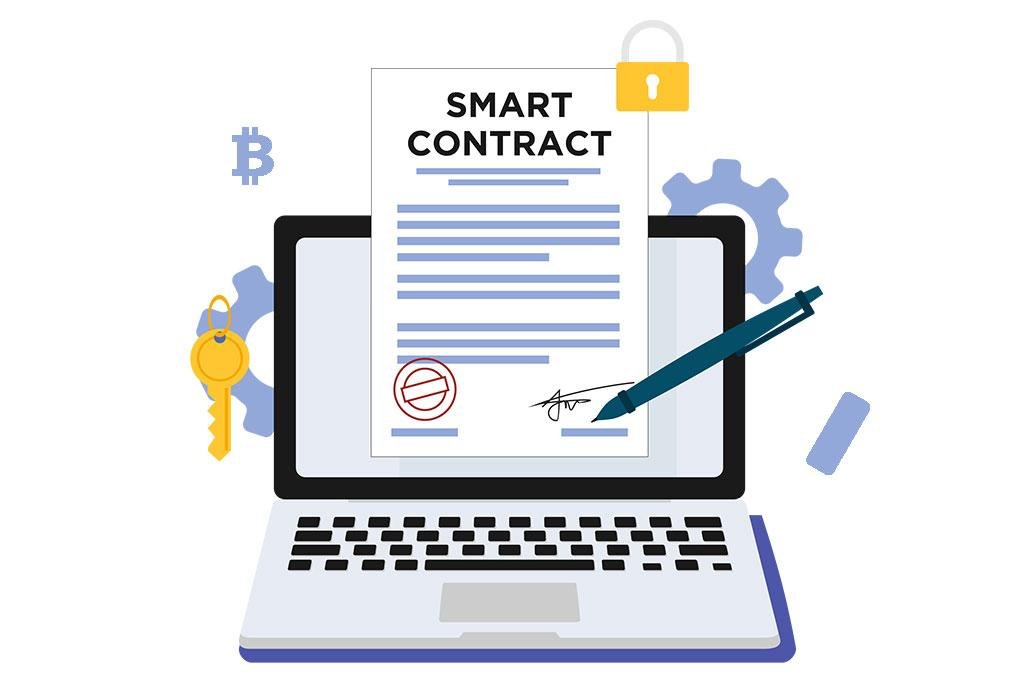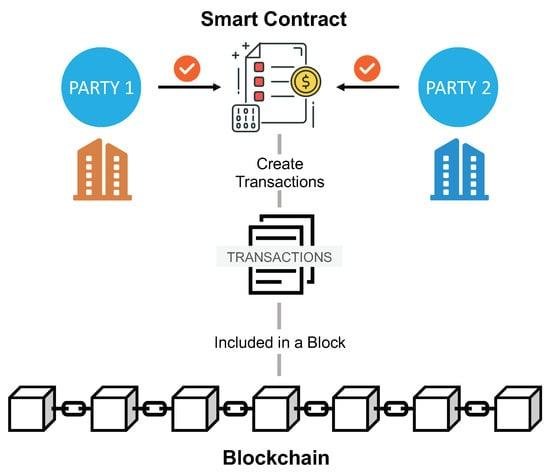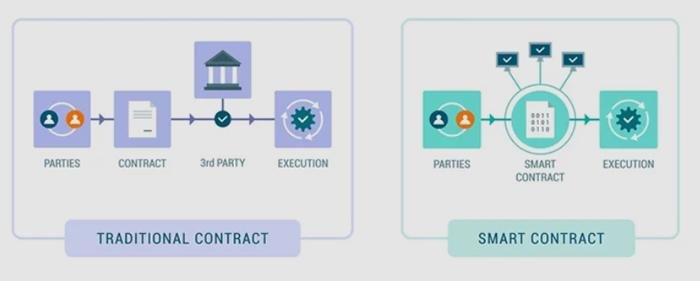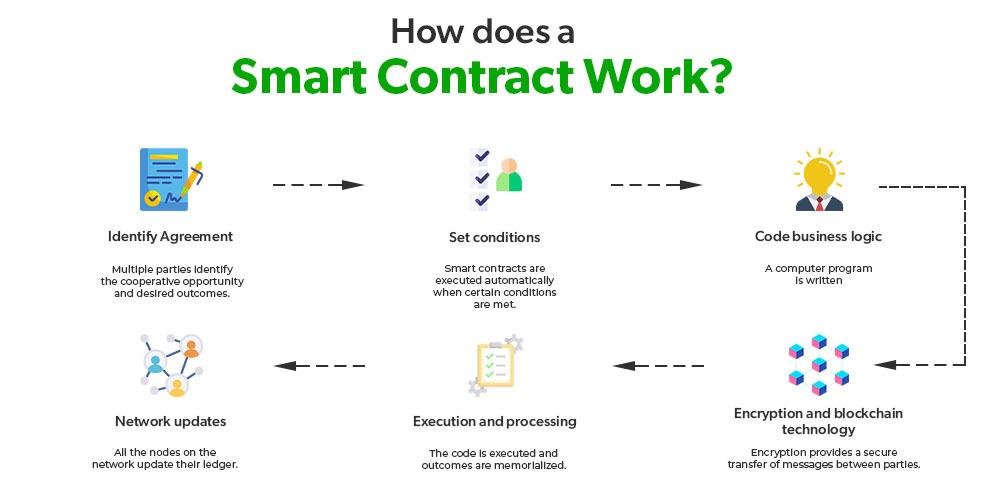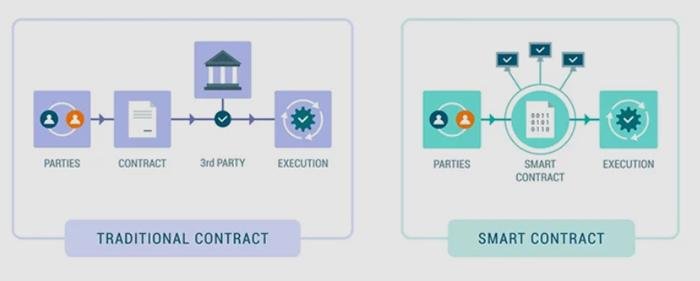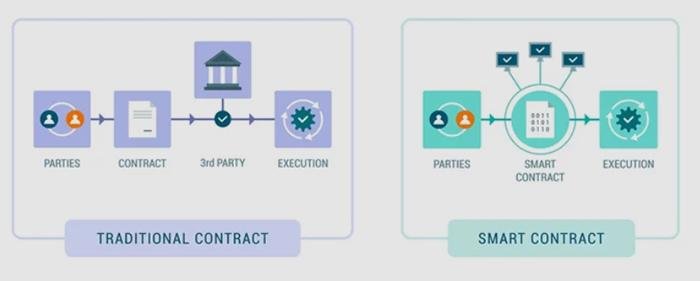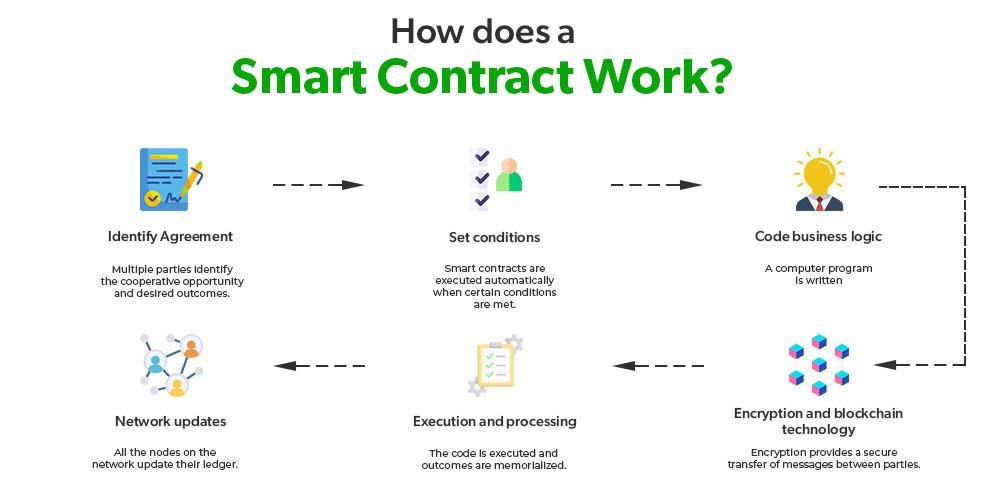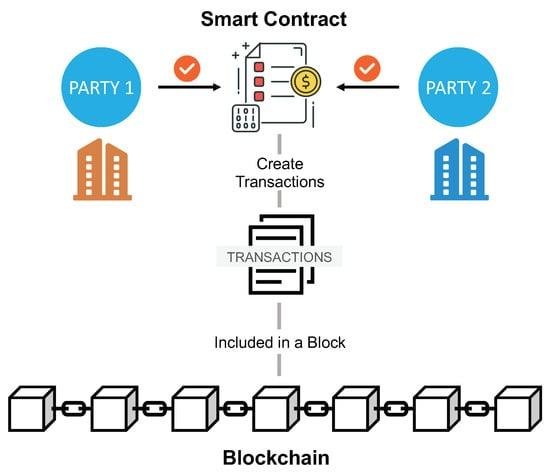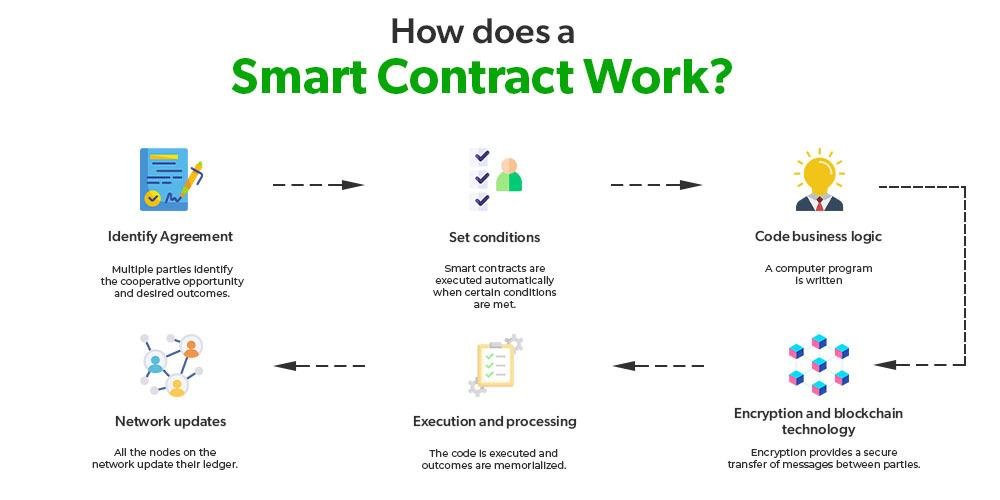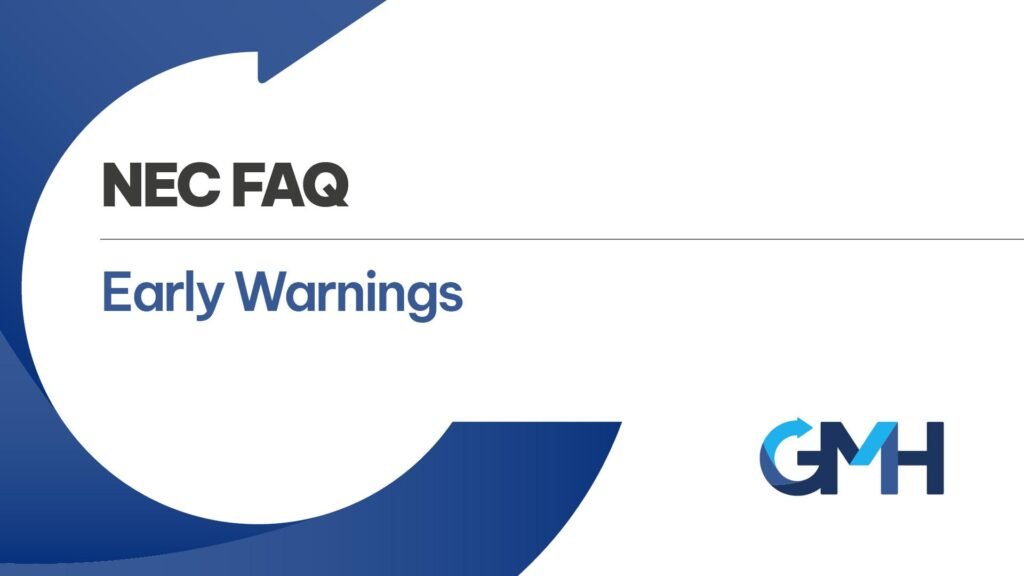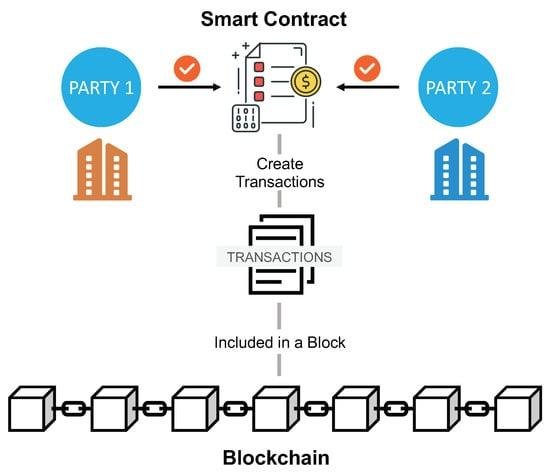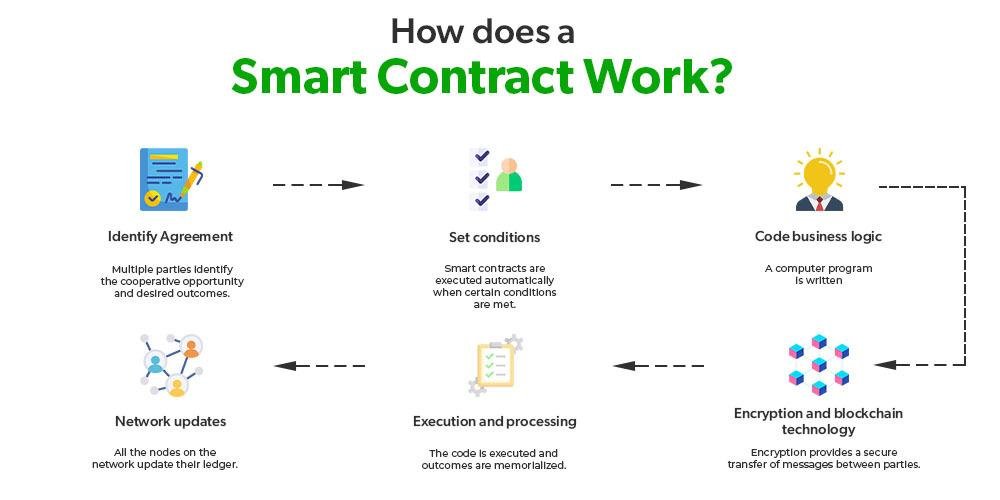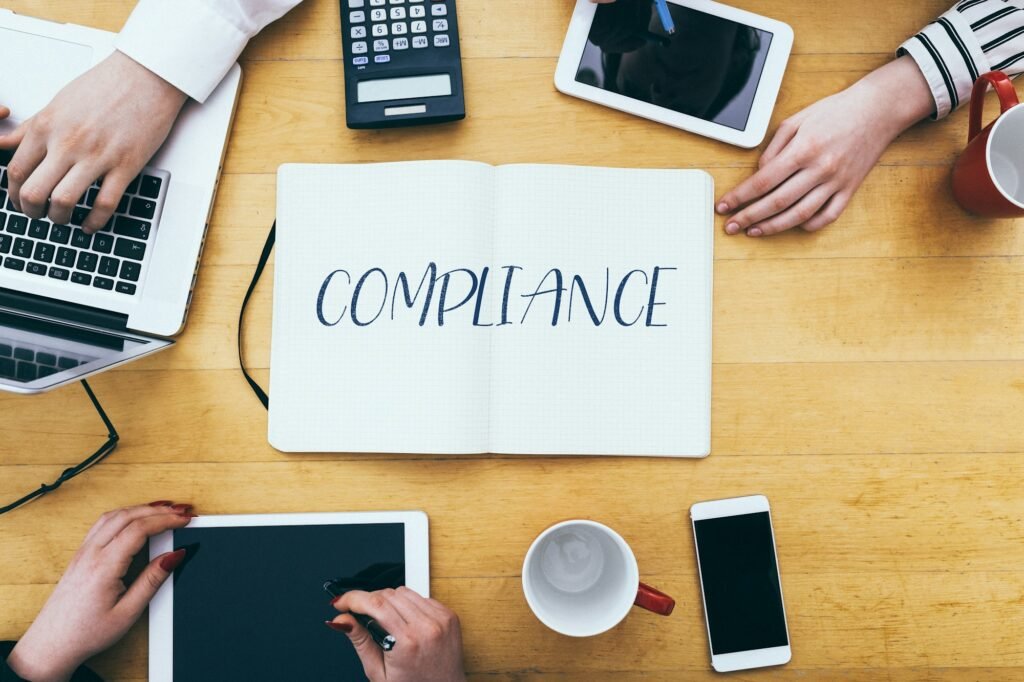What is Compliance Monitoring Software and How Does it Work?
Compliance monitoring software is a vital tool for businesses in a variety of industries. By automating the compliance monitoring process, this software helps organizations to ensure regulatory compliance and protect their business interests.
What is Compliance Monitoring Software?
Compliance monitoring software is a powerful tool used by organizations to ensure they adhere to regulatory requirements and industry standards. It is designed to monitor and analyze various processes, systems, and activities within an organization to identify any potential non-compliance issues promptly.
Key Features of Compliance Monitoring Software:
1. Automated Monitoring: Compliance monitoring software employs automation to constantly scan and monitor different aspects of an organization’s operations, such as data privacy, financial transactions, safety protocols, and quality control. This automated approach allows for real-time tracking and identification of potential compliance issues.
2. Rule-Based Configurations: These systems are highly customizable and can be tailored to an organization’s specific compliance requirements. Compliance monitoring software allows businesses to set up rule-based configurations, where specific parameters and thresholds are defined to flag any deviations or violations from predefined standards.
3. Data Analysis and Reporting: Gathering and analyzing large amounts of data is a crucial aspect of compliance monitoring. These software solutions incorporate advanced reporting capabilities that consolidate data from various sources, perform analysis, and generate comprehensive reports. This helps organizations identify trends, patterns, and potential areas of improvement in their compliance processes.
4. Alert Mechanisms: Compliance monitoring software employs alert mechanisms, such as email notifications or dashboard notifications, to notify responsible parties of potential compliance violations or deviations in real-time. This enables timely corrective actions, reducing the risk of non-compliance.
5. Documentation and Audit Trails: A critical feature of compliance monitoring software is the ability to capture and store detailed documentation and audit trails. This ensures transparency and provides a historical record of compliance activities, facilitating audits and regulatory inspections.
6. Integration Capabilities: To maximize efficiency, compliance monitoring software integrates with other systems within the organization, such as ERP (Enterprise Resource Planning), CRM (Customer Relationship Management), or HR (Human Resources) software. This integration allows for seamless data exchange and centralized compliance management.
What Industries Use Compliance Monitoring Software?
Compliance monitoring software is a crucial tool for various industries that need to adhere to regulatory standards and ensure legal and ethical practices. Here are some industries that commonly utilize compliance monitoring software:
1. Financial Services: Banks, credit unions, investment firms, and other financial institutions rely on compliance monitoring software to ensure they comply with regulations such as the Gramm-Leach-Bliley Act (GLBA), Sarbanes-Oxley Act (SOX), and the Payment Card Industry Data Security Standard (PCI DSS). These regulations aim to protect customer data, prevent fraud, and maintain transparency in financial operations.
2. Healthcare: The healthcare industry is heavily regulated to safeguard patient privacy and maintain data security, with laws like the Health Insurance Portability and Accountability Act (HIPAA). Compliance monitoring software helps healthcare providers track and monitor access to sensitive patient information, detect unauthorized activities, and ensure compliance with HIPAA guidelines.
3. Pharmaceuticals: Pharmaceutical companies adhere to strict regulations, such as Good Manufacturing Practices (GMP) and the Drug Supply Chain Security Act (DSCSA). Compliance monitoring software enables pharmaceutical manufacturers to maintain quality standards, track the integrity of the supply chain, and ensure the safety of medications.
4. Energy and Utilities: The energy and utilities sector faces regulations relating to environmental conservation, safety requirements, and consumer protection. Compliance monitoring software helps companies in this industry track emissions, monitor safety protocols, and ensure compliance with regulations like the Clean Air Act, the Clean Water Act, and the Occupational Safety and Health Act (OSHA).
5. Telecommunications: Telecommunication companies deal with regulations from government bodies and industry organizations concerning communication infrastructure, network security, data privacy, and consumer rights. Compliance monitoring software assists in monitoring network performance, maintaining data security, and ensuring compliance with regulations like the Federal Communications Commission (FCC) guidelines.
Benefits of Compliance Monitoring Software
Compliance monitoring software offers numerous advantages to businesses operating in various industries. By leveraging advanced technology, this software enables organizations to effectively manage and ensure regulatory compliance. Here are some key benefits of using compliance monitoring software:
1. **Automated Monitoring**: Compliance monitoring software automates the process of tracking and monitoring regulatory requirements. It continually scans data, documents, and transactions to identify any deviations from compliance standards. This minimizes the risk of human error and ensures timely identification of non-compliant activities.
2. **Real-time Alerts**: With compliance monitoring software, businesses receive real-time alerts whenever any non-compliant behavior or activity is detected. These alerts allow organizations to take immediate corrective actions, preventing potential regulatory violations and associated penalties.
3. **Improved Efficiency**: By automating compliance monitoring processes, businesses can streamline their operations and enhance overall efficiency. This software eliminates the need for manual monitoring, reducing time-consuming and error-prone manual tasks. As a result, organizations can allocate their resources more effectively and focus on other core business activities.
4. **Risk Mitigation**: Compliance monitoring software helps organizations identify and mitigate potential compliance risks before they escalate. By continuously monitoring for non-compliance, businesses can proactively address any gaps in their processes or internal controls. This reduces the likelihood of regulatory violations and associated fines, penalties, or reputational damage.
5. **Enhanced Reporting and Auditing**: Compliance monitoring software generates comprehensive reports and audit trails to demonstrate adherence to regulatory requirements. These reports provide accurate and up-to-date information on compliance activities, helping organizations during audits and regulatory inspections. This not only saves time and effort but also enhances transparency and accountability.
6. **Data Analytics and Insights**: Compliance monitoring software often includes advanced data analytics capabilities. By analyzing compliance-related data, organizations can gain valuable insights into their operations, identify trends and patterns, and make informed decisions regarding compliance strategies. This data-driven approach enables businesses to stay ahead of evolving regulatory requirements.
Components of Compliance Monitoring Software
Compliance monitoring software comprises several key components that work together to ensure regulatory compliance in various industries. These components include:
1. Data Collection and Tracking: Compliance monitoring software collects data from various sources, such as internal systems, external databases, and regulatory agencies. It tracks information related to compliance requirements, industry standards, and updated regulations.
2. Automation and Alerts: This software automates the process of compliance monitoring by setting up alerts and notifications. It constantly monitors data and compares it against predefined rules and regulations. When any non-compliance or potential issue is detected, the software triggers notifications to relevant stakeholders, ensuring timely actions can be taken.
3. Audit Trail and Documentation: Compliance monitoring software maintains a comprehensive audit trail, capturing all activities and changes made within the system. It ensures transparency and traceability, allowing organizations to demonstrate compliance during audits or regulatory inspections. Documentation features assist in record-keeping and help in generating compliance reports as needed.
4. Risk Assessment and Management: The software incorporates risk assessment functionalities to identify, evaluate, and prioritize risks associated with non-compliance. It facilitates the implementation of risk mitigation strategies and allows organizations to proactively address potential compliance issues.
5. Reporting and Analytics: Compliance monitoring software generates detailed reports and analytics that provide insights into compliance performance. These reports can be customized based on specific requirements and assist in identifying trends, detecting patterns, and improving compliance strategies.
Types of Compliance Monitoring Software
Compliance monitoring software comes in various forms to cater to the specific needs of different industries. Here are some common types of compliance monitoring software:
1. Risk Assessment Software:
– This type of software assists organizations in identifying and assessing potential compliance risks.
– It helps in evaluating the impact and likelihood of risks, allowing companies to prioritize their compliance efforts.
– Risk assessment software often includes features such as risk scoring, risk mapping, and trend analysis.
2. Documentation and Policy Management Software:
– This software helps companies maintain and manage their compliance-related documentation and policies.
– It enables organizations to create, store, and update policies in a centralized repository.
– Documentation and policy management software ensures that employees have access to the most up-to-date and relevant compliance information.
3. Employee Training and Certification Software:
– Ensuring that employees are well-trained on compliance regulations is crucial for maintaining compliance.
– Employee training and certification software facilitates the creation and delivery of compliance training programs.
– It allows organizations to track employee progress, issue certifications, and ensure that employees have the necessary knowledge to meet compliance requirements.
4. Audit and Reporting Software:
– This type of software helps organizations conduct internal audits and generate comprehensive reports.
– It streamlines the audit process by providing templates, checklists, and automated workflows.
– Audit and reporting software also helps organizations spot any potential compliance issues and take corrective actions promptly.
5. Continuous Monitoring Software:
– Continuous monitoring software enables real-time tracking and analysis of compliance-related data.
– It helps organizations identify anomalies or deviations from compliance standards.
– This type of software provides alerts and notifications to ensure timely action to address compliance violations.
– Cloud-Based Compliance Monitoring Software
Cloud-based compliance monitoring software has revolutionized the way organizations manage and ensure regulatory compliance. With the increasing complexity of laws and regulations across industries, businesses need a comprehensive solution to track and monitor their compliance efforts effectively. This section will dive into the features and benefits of cloud-based compliance monitoring software and how it can streamline compliance processes.
– On-Premise Compliance Monitoring Software
On-premise compliance monitoring software refers to a type of software solution that is installed and operated directly on the user’s local infrastructure or servers. This software is designed to track and monitor compliance with regulatory requirements and industry standards within an organization. It provides organizations with the ability to automate and streamline compliance processes, ensuring that they meet all relevant legal and industry-specific obligations.
Conclusion
In conclusion, compliance monitoring software plays a vital role in ensuring regulatory compliance in various industries. By automating the monitoring process, it enables organizations to efficiently track and manage compliance with relevant laws, regulations, and standards. The software provides real-time insights, allowing companies to identify and address any compliance issues promptly. Additionally, it offers comprehensive reporting capabilities, simplifying the audit and compliance review process. With the increasing complexity and constant changes in regulations, compliance monitoring software is becoming an essential tool for businesses to mitigate risks and maintain a strong compliance posture. Investing in such software not only saves time and resources but also helps organizations build a reputation for trustworthiness and reliability in their respective industries.
FAQs
Why is compliance monitoring software important?
Compliance monitoring software is important because it helps organizations ensure that they are adhering to regulatory requirements and industry standards. It automates the monitoring process, provides real-time insights, and generates reports, making it easier for companies to identify and address compliance issues.
Can compliance monitoring software be customized?
Yes, compliance monitoring software can be customized based on specific requirements. Organizations can tailor the software to their industry, regulatory needs, and internal processes to achieve a more personalized compliance management system.
How does risk assessment software assist in compliance efforts?
Risk assessment software assists in compliance efforts by helping organizations identify and assess potential compliance risks. It evaluates the impact and likelihood of risks, allowing companies to prioritize their compliance efforts and focus on areas that are more prone to non-compliance.
What are the benefits of cloud-based compliance monitoring software?
Cloud-based compliance monitoring software offers several benefits, including scalability, accessibility from anywhere with an internet connection, reduced IT infrastructure costs, automatic software updates, and improved collaboration among team members.
How does employee training and certification software contribute to compliance?
Employee training and certification software contribute to compliance by facilitating the creation and delivery of compliance training programs. It allows organizations to track employee progress, issue certifications, and ensure that employees have the necessary knowledge to meet compliance requirements.


